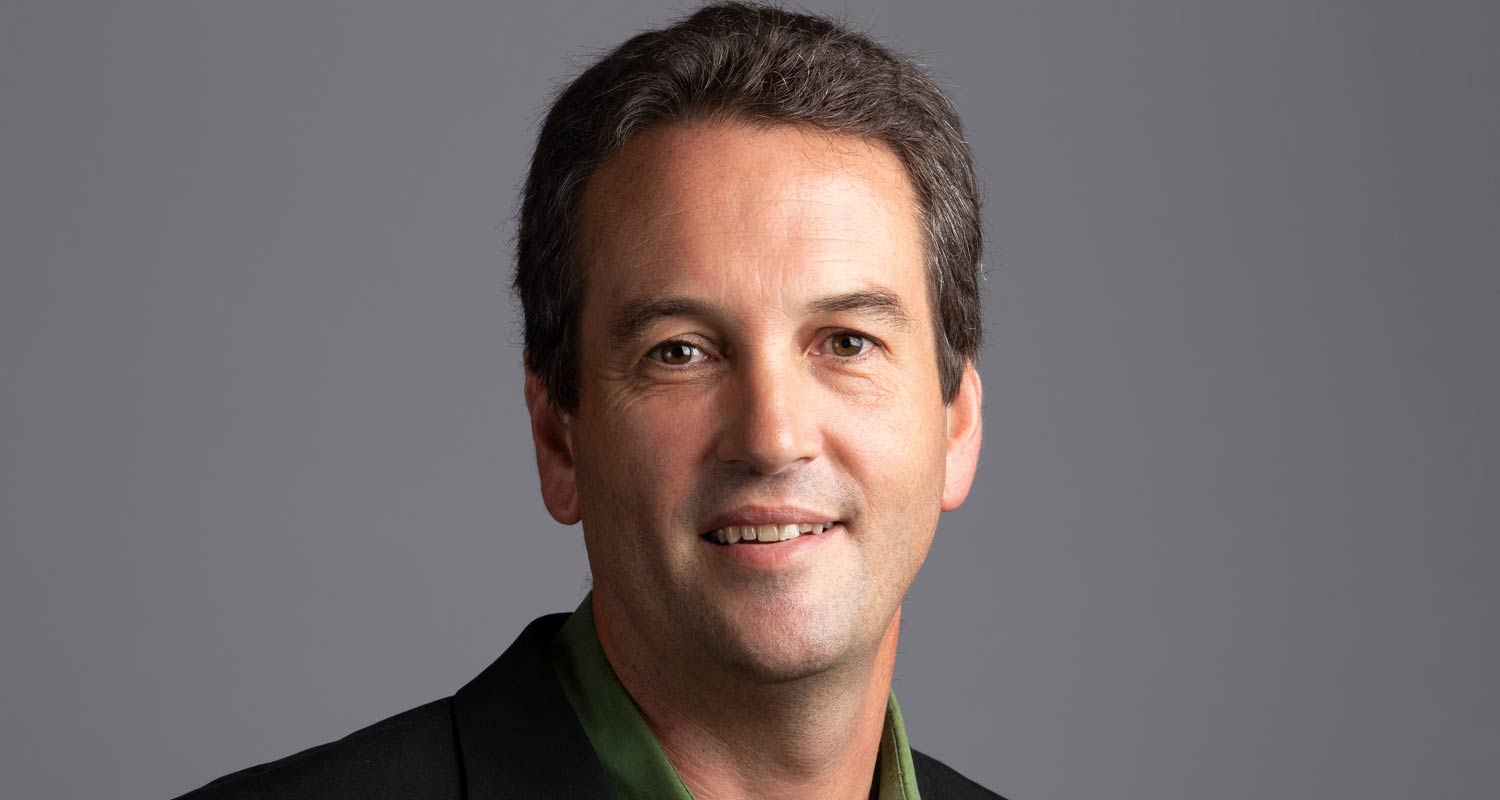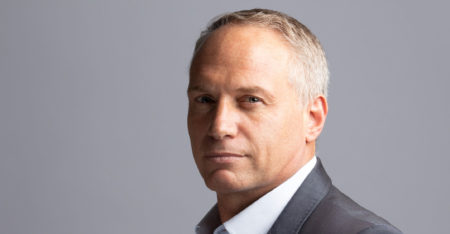
Returns on fibre infrastructure investments have lagged in recent years as fibre-to-the-home uptake slows. The good news is that a new era of fibre “nano architecture” is dawning, promising to make last-mile installations cheaper so more end users can benefit, and fibre network operators (FNOs) can enjoy better returns.
Local fibre internet sector stakeholders are developing more rugged products with a miniaturised footprint to reduce fibre costs.
After massive infrastructure builds, the take-up of customers is not where operators had hoped it would be. On average, take-up of fibre where it’s available is about 30%. As a result, the FNOs are sweating their assets and slowing down on new infrastructure builds. A major driver of the slow take-up is cost. Last-mile fibre installation costs need to be slashed by 50% to drive growth.
FNOs need a take-up rate of around 50-60% to get the benefit of their investment in infrastructure – and they will only achieve that if they can lower the cost of access for end customers. Once that happens, economies of scale will improve to fund new roll-out.
The costs associated with fibre to the home encompass much more than the fibre itself – there are significant costs associated with labour, civil works and various other factors. The product is only a small percentage of the total cost. You need to take an eagle’s eye view of the whole project to see all its components and how they interact to find ways to save on costs.
The solution to reducing costs is to make fibre infrastructure smaller, lighter and easier to install, he says. Local fibre manufacturers are working on “nano” technology – the next generation of fibre architecture set to change the status quo.
Fibre’s nano era
The next era of fibre architecture mirrors the move from traditional large cable and sleeve architecture to micro architecture. When micro technology was first introduced in South Africa, we all moved quickly to adopt it and it became the de facto standard. If we don’t change again and embrace the new architecture, we are going to get stuck.
Nano technology potentially offers access to fibre at a lower cost. The new technology supports a higher fibre count with a smaller footprint. The fibre itself remains the same, so the performance is the same. What changes is how it’s encapsulated and connected. By using smaller products, we can reduce cost – for example, reducing a cable from 6mm to 2mm requires far fewer materials. Current termination processes involve the splicing of fibre, requiring specialised skills and a splice machine, both of which are costly. By using cable products with “installer-proof” preconnected terminations, it becomes a plug-and-play solution that doesn’t need specialised equipment or highly skilled labour.
Smaller, lighter and simpler architecture means that where an installer could previously connect two to three homes a day, they can now connect up to 10. A smaller footprint requires a smaller trench, thus reducing civil costs and time. Plus, for aerial installations, the smaller and lighter product is easier to get on the pole infrastructure. It’s a completely different cost model, so the cost per home is reduced.
 All local fibre manufacturers are investing in R&D and moving in a similar direction. Major original equipment manufacturers have come to market with their own hardened connector solutions. The various cable manufacturers are now designing cables and architecture to fit these connectors and support lower cost installations.
All local fibre manufacturers are investing in R&D and moving in a similar direction. Major original equipment manufacturers have come to market with their own hardened connector solutions. The various cable manufacturers are now designing cables and architecture to fit these connectors and support lower cost installations.
There’s a lot more willingness to look at nano technology than there was 16 years ago when we went to micro. In fact, FNOs are coming to the party with their own ideas, too. Previously, we dictated the design. Now they are getting involved and requesting innovations – for example, ways to connect aerial cables mid-span between poles so they don’t require a pole in every yard where a home is connected.
Many new concepts are being trialled by FNOs, with proof-of-concept sites being installed to test for faster deployments and lower costs. We are currently working on a number of iterations with contractors and FNOs on new technologies and new methods to get to a product that makes economic sense.
Watch | A tour of Vumatel’s Alexandra fibre roll-out
We need to transform the market into adopting nano technology to move forward. If we don’t, manufacturers, FNOs and even end users will be stuck between a rock and a hard place. There is a lot of development taking place, and a lot of good movement in the market, so I predict that in five years’ time, we can expect a completely different set of nano products in use.
- The author, Gert Jansen van Rensburg, is GM at Dartcom Fibre Solutions




